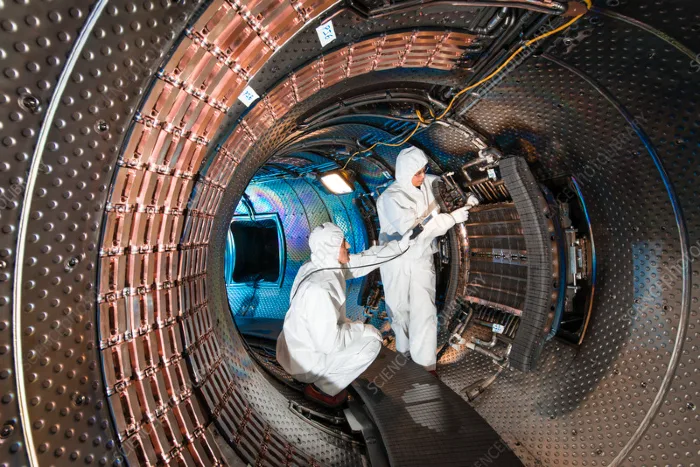At the heart of a groundbreaking advancement, Harvard’s John A. Paulson School of Engineering and Applied Sciences (SEAS) stands tall. Their latest feat? A lithium metal battery that defies current limitations, boasting a staggering 6,000 charge cycles and the ability to refuel in mere minutes. This innovation could spell a transformative, and more sustainable, shift in how we power our world.
Why Lithium Metal Outshines the Rest
Lithium metal batteries aren’t just an upgrade; they’re a complete overhaul. Ditching the heavier graphite for lithium metal in the anode, these batteries promise superior energy density and a significant cut in weight. However, this shift comes with its share of hurdles, like the notorious dendrite issue. These tiny structures, notorious for degrading battery life and safety, have been a persistent challenge.
A New Approach to Anode Design
Harvard researchers have turned the tide in the battle against dendrites. Their latest design curbs dendrite formation by integrating micron-sized silicon particles into the anode. This innovative approach controls the lithiation reaction, ensuring even distribution and preventing dendrite growth.
Xin Li, Associate Professor of Materials Science at SEAS, and the senior author of the study explained, “Lithium metal anode batteries are considered the holy grail of batteries because they have ten times the capacity of commercial graphite anodes and could drastically increase the driving distance of electric vehicles. Our research is an important step toward more practical solid-state batteries for industrial and commercial applications.”

The Multilayer Strategy
In 2021, Li’s team introduced a multilayer battery design, using varied materials to contain, rather than completely halt, dendrite penetration. This design laid the groundwork for their current breakthrough, demonstrating their commitment to tackling this longstanding issue in battery technology.
Envisioning a Dendrite-Free Future
The team’s latest strategy involves a unique “chocolate truffle” analogy: lithium metal wraps around the silicon particle, creating a uniform surface that discourages dendrite growth. This smooth surface not only solves the dendrite problem but also allows for rapid charging — around 10 minutes to full capacity.
Bigger, Better, Longer Lasting
The researchers didn’t stop at lab-scale experiments. They crafted a postage stamp-sized pouch cell battery, significantly larger than typical coin cells used in most university labs.
Impressively, this battery retained 80% of its capacity even after 6,000 cycles, outperforming existing pouch cell batteries.
From Lab to Market: A Harvard Spinoff Takes Charge
Harvard’s Office of Technology Development has licensed this technology to Adden Energy, a Harvard-born company co-founded by Li.
Under Li’s leadership, Adden Energy is planning to scale up to a smartphone-sized pouch cell battery to bring this revolutionary tech to the masses.
Li’s team has also identified and characterized the properties that make silicon an ideal material for this application. But they didn’t stop there. They’ve explored dozens of other inorganic materials that could offer similar benefits, expanding the potential for future battery designs.
Final Thoughts
More To Discover
- 12 Nations in Europe Are Leading The Charge Against Lab-Grown Meat
- Swedish Technique Produces Hydrogen Energy That’s Safe, Efficient, and Metal-Free
- EPA Takes Action to Reduce Water Pollution from Meat Processing Facilities
- 2023 Saw 356,000 Heat Pumps Installed In Germany: 50% Surge in Installations for Second Year Running
This research not only marks a significant advancement in battery technology but also opens doors to a future of more efficient, safer, and faster-charging batteries. As Xin Li notes, understanding the underlying mechanisms can pave the way for new materials and designs in solid-state batteries.
Source: Nature Materials





















